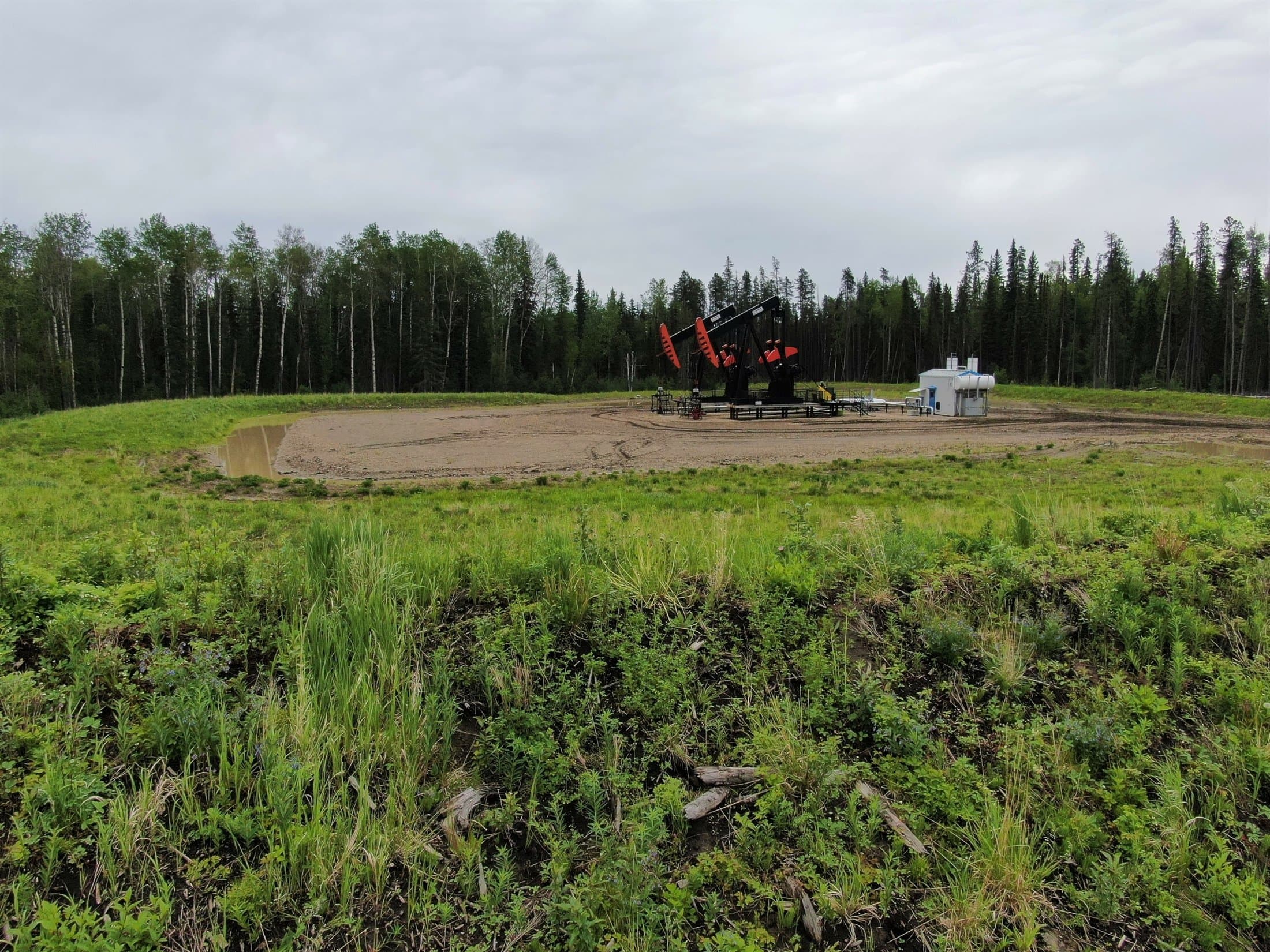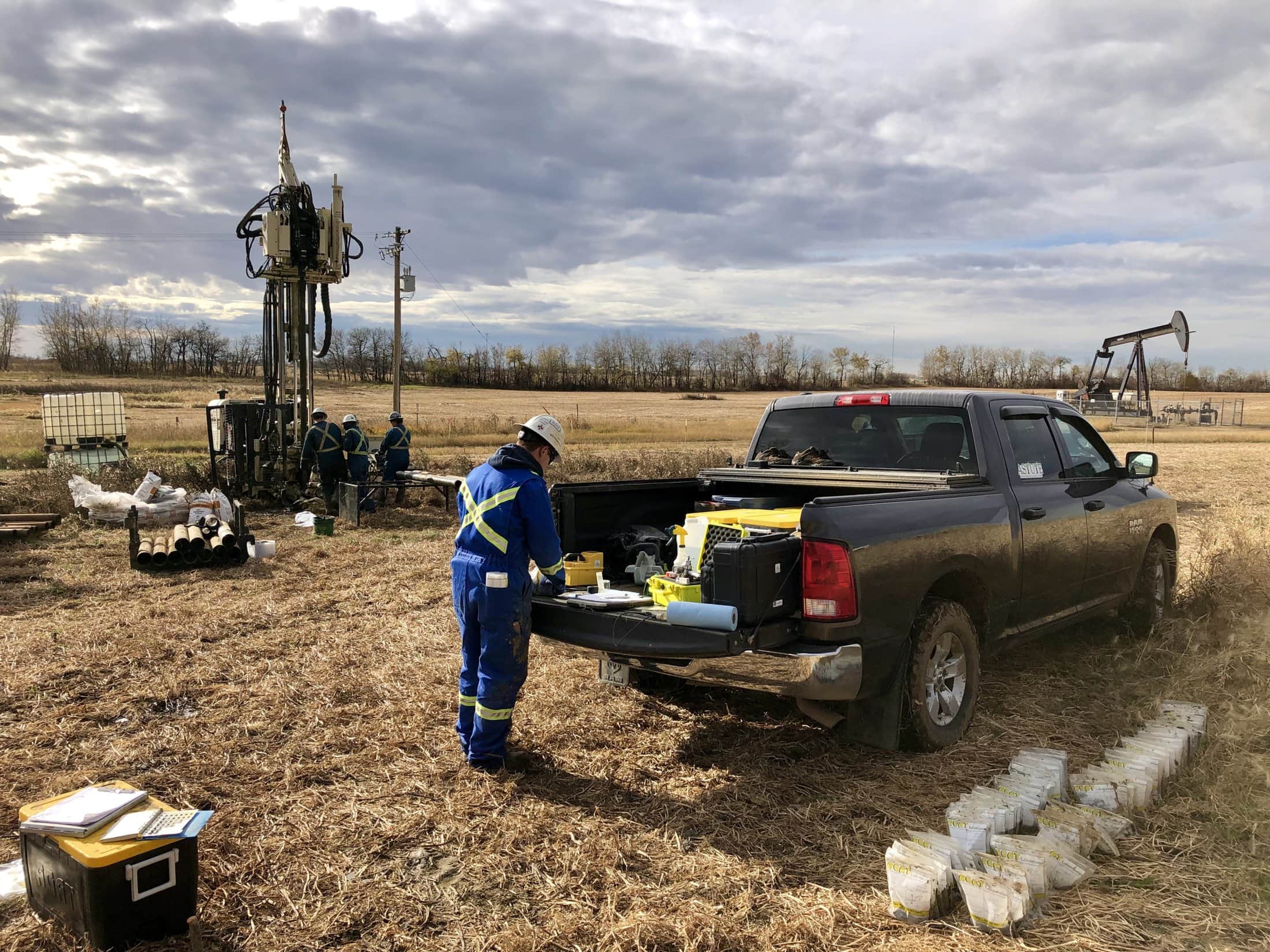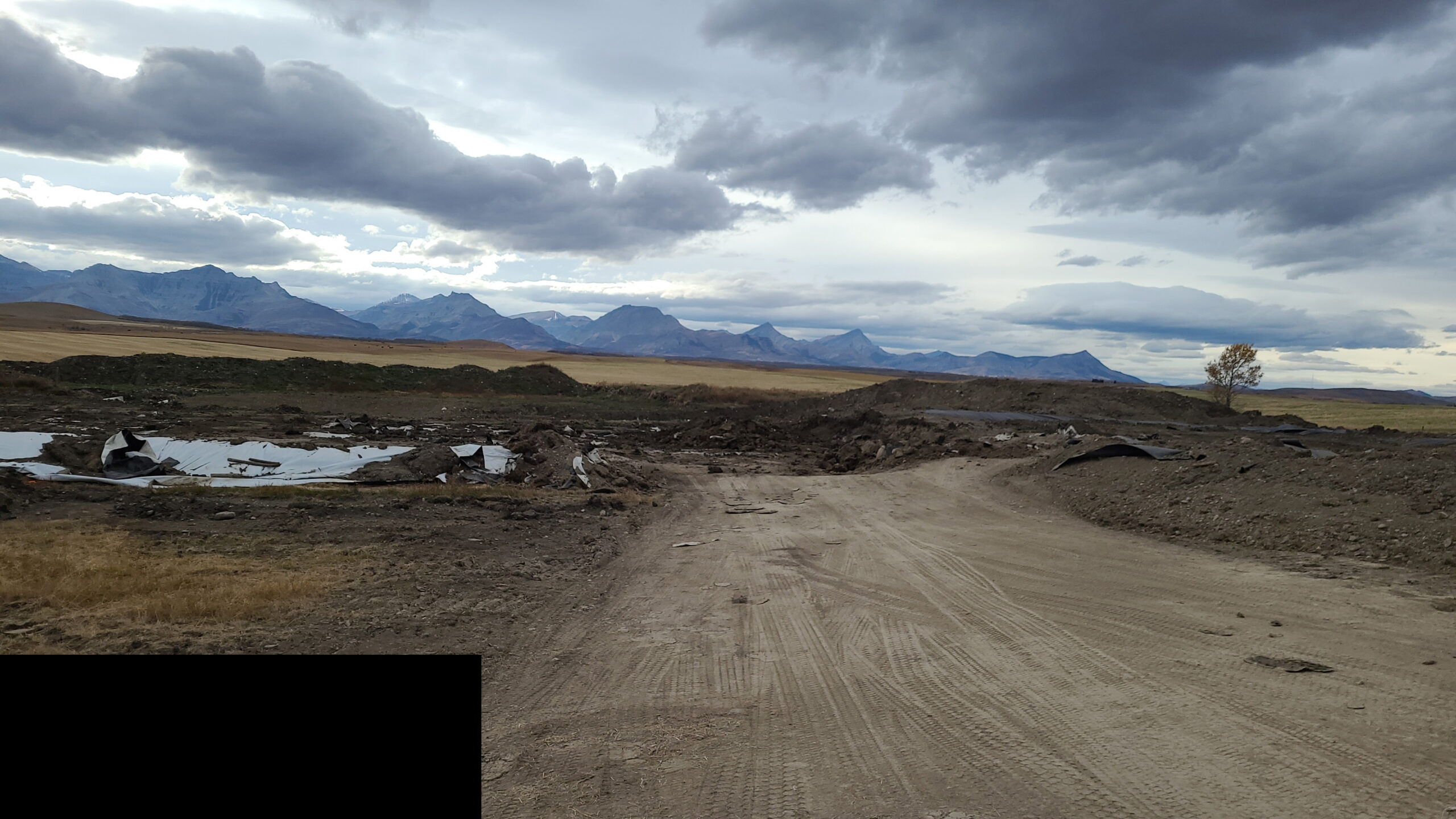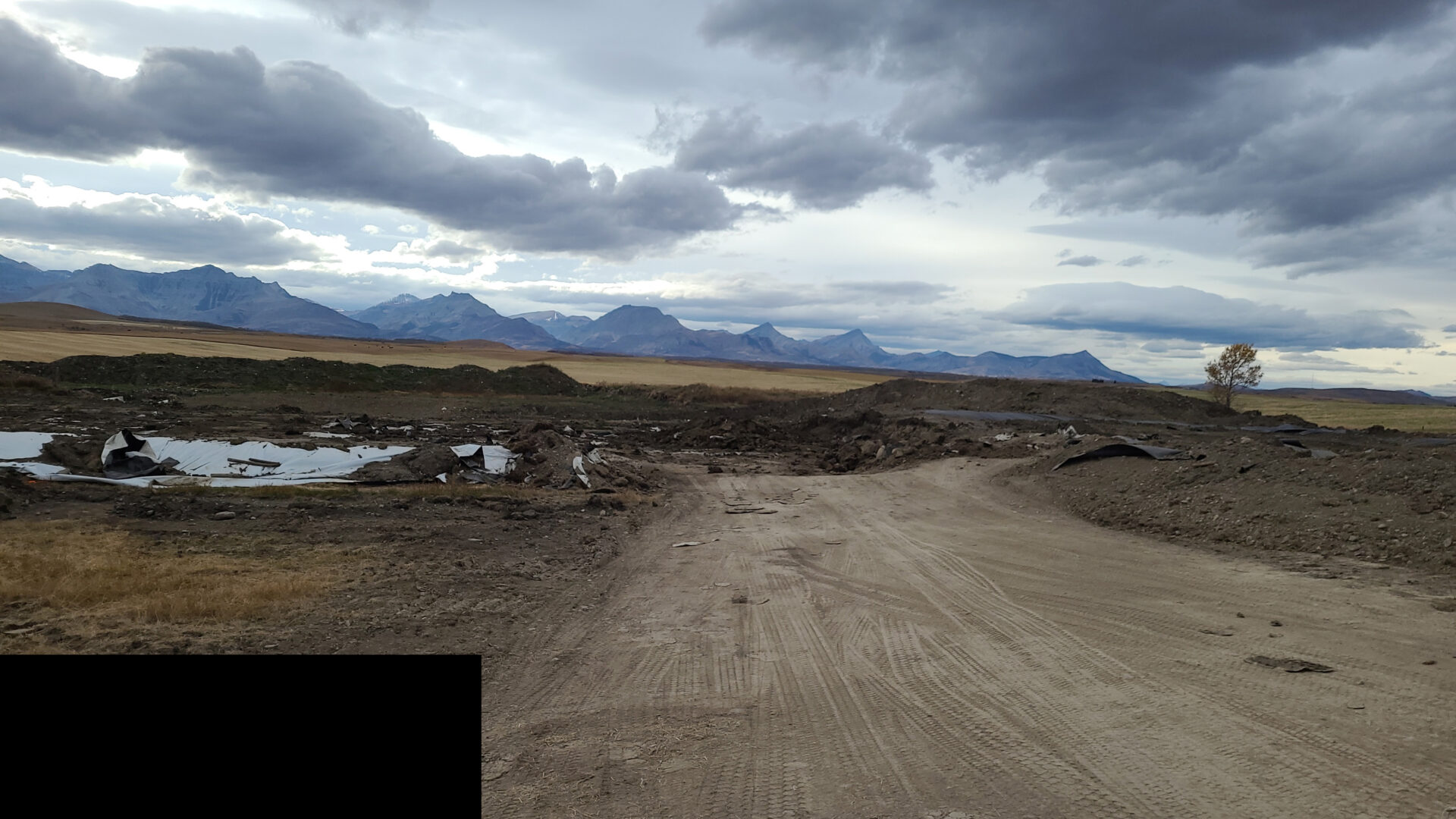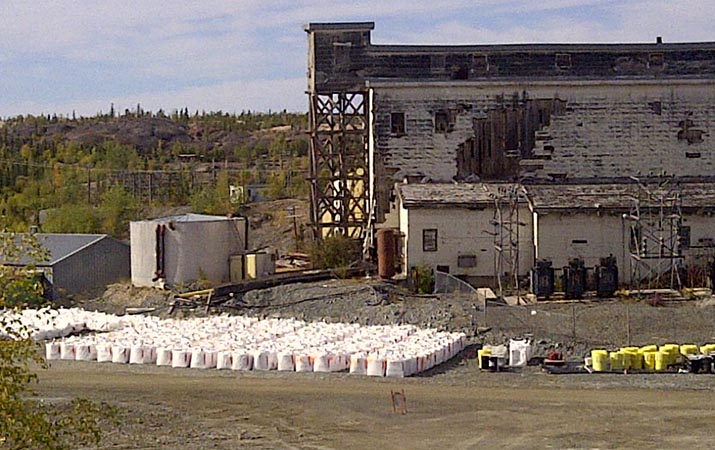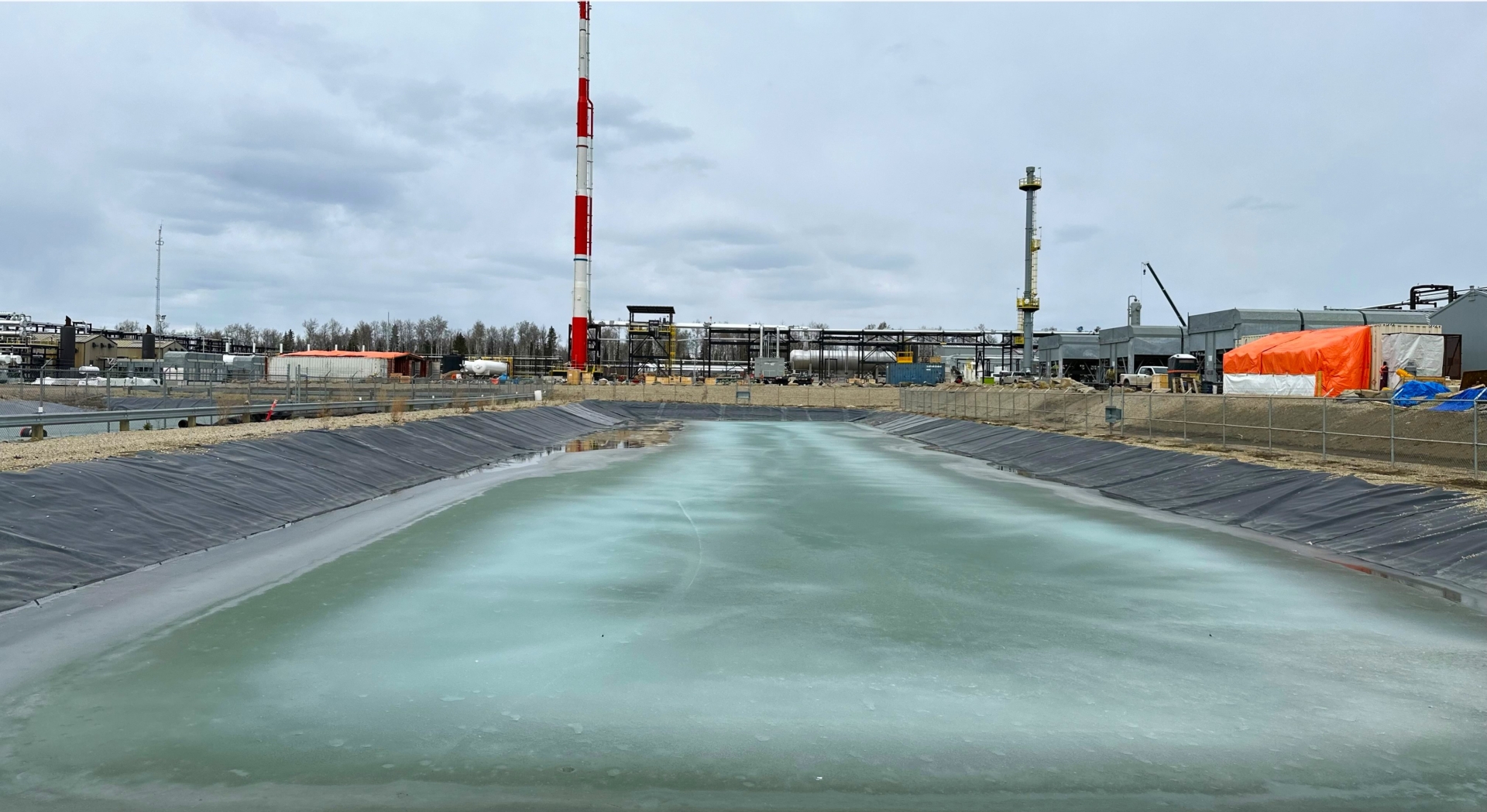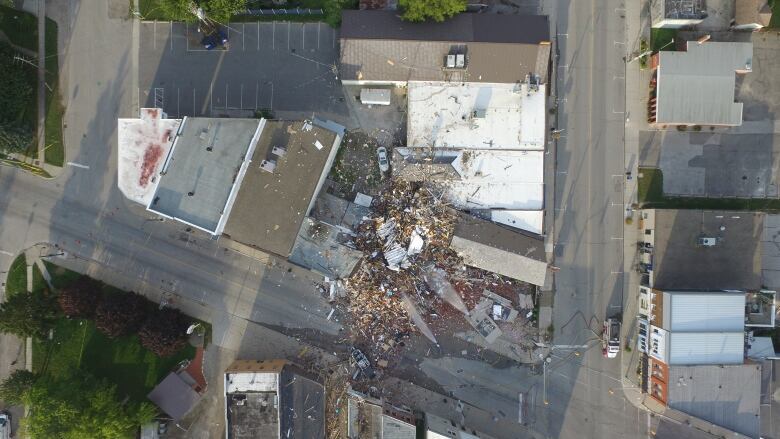Our services
Risk Assessment
Whether simple or complex, the Risk Assessment team at 360 achieves site-specific guidelines for our clients, reducing the requirement for remediation while still providing adequate protection of relevant human and ecological receptors.
industry-leading
Site specific risk assessment experts
Site Specific Risk Assessment (SSRA) reduces the environmental footprint of a site compared to typical remediation practices. By conducting a thorough assessment and understanding the specific risks and conditions of the site, SSRA allows for targeted and optimized remediation efforts. This can lead to a reduction in remediation volume, minimizing the need for transport, landfill, and mechanical remediation of soil. As a result, potential emissions from equipment and trucks are reduced, which positively impacts your ESG efforts.
services
Risk Assessment
Analyzing site-specific hazards and conditions to tailor the most effective roadmap to closure each and every time.
Site Specific Guideline Development
Tier 2A, Tier 2B, and Tier 2C Subsoil Salinity Tool Assessments
Human Health Risk Assessment
Ecological Risk Assessment
Risk Management Plans
Remediation Action Plans
Remediation Feasibility Assessments
Site Specific Liability Assessments
why work with us
Using industry-leading risk methodology to reduce environmental impact, costs, and time.

Exposure Assessment
Exposure assessment is used to determine the magnitude, frequency, and duration of exposure to a contaminant by a receptor (e.g., humans, wildlife, livestock, freshwater aquatic life species, plants etc.) and is a key component of risk assessment. All relevant receptors need to be identified and then the sources, pathways, and routes of exposure must be considered along with any uncertainties.

Toxicity/Effects Assessment
A toxicity assessment is a tool used to investigate the potential for a substance to cause harm to relevant receptors. What concentration or amount of the substance and what duration of exposure does it take to cause harm is considered. Toxicity assessments involve developing dose-response information and identifying critical adverse effects.

Risk Characterization
Risk characterization integrates the results of the exposure assessment and toxicity/effects assessment to estimate potential and actual risk to relevant receptors. Risk characterization may be quantitative or semi-quantitative and must identify and consider any uncertainties.

